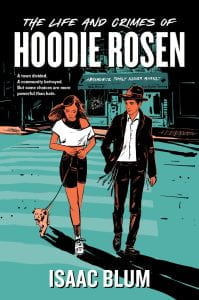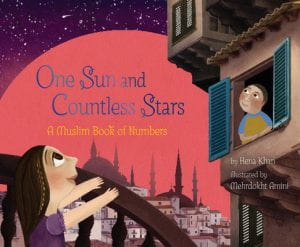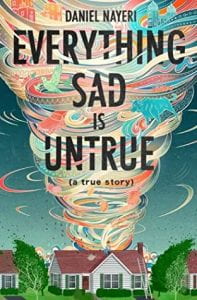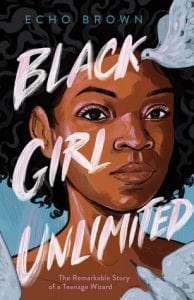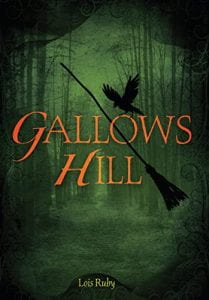 Ruby, Lois. Gallows Hill. Carolrhoda Lab, an imprint of Lerner Publishing Group, 2023. 978-1-728-43102-4. 208 p. $19.99. Grades 7-12.
Ruby, Lois. Gallows Hill. Carolrhoda Lab, an imprint of Lerner Publishing Group, 2023. 978-1-728-43102-4. 208 p. $19.99. Grades 7-12.
Gallows Hill is a fictionalized story of the Salem Witch Trials as told from the alternating perspectives of Patience and Thomas, two teens living during the 1692 height of hysteria. Patience aims to live up to her name, but when her own sister, Abigail, becomes “afflicted” and begins to accuse a local elderly widow, Prudence Blevins, of being a witch, Patience doesn’t know who to believe. Patience knows many women and men are being arrested in Salem—even a five-year-old child, Dorothy, is among the accused of witchcraft. Unlike Patience, who has lived in Salem her whole life, Thomas and his sister Grace are newcomers to Salem Village. Grace and Thomas are only trying to make a life for themselves after their strenuous trip across the Atlantic Ocean. Being of Quaker faith makes Thomas and Grace outcasts among their new Puritan neighbors. After Thomas is also arrested, he must fight against the odds to survive being swept up in the madness and sent to Gallows Hill.
THOUGHTS: This story is a compelling and well-researched fictional account of what it may have been like to grow up during the time of the infamous Salem witch trials. Ruby includes historically accurate diction (using phrases like Goody and Goodman), and she balances it with clear dialogue and short chapters to make this book accessible for middle school readers. While other middle grade and YA witch-trial related fiction often ventures into supernatural or fantasy genres, Gallows Hill stays true and realistic to the time. Strong sensory details placed throughout the story will bring the abysmal prison cells and Salem village itself to life for readers. Ruby also offers historical explanations, theories, and book discussion questions in the book’s endpapers. Recommended as an addition to middle school historical fiction collections.
Historical Fiction

